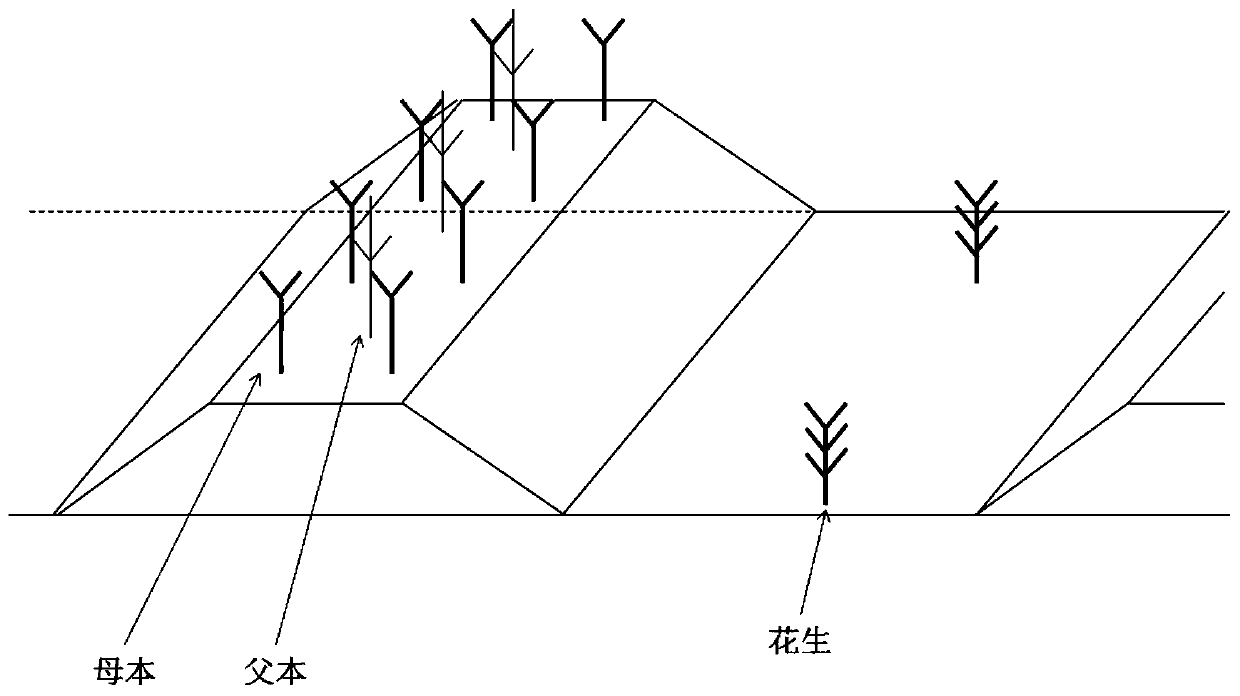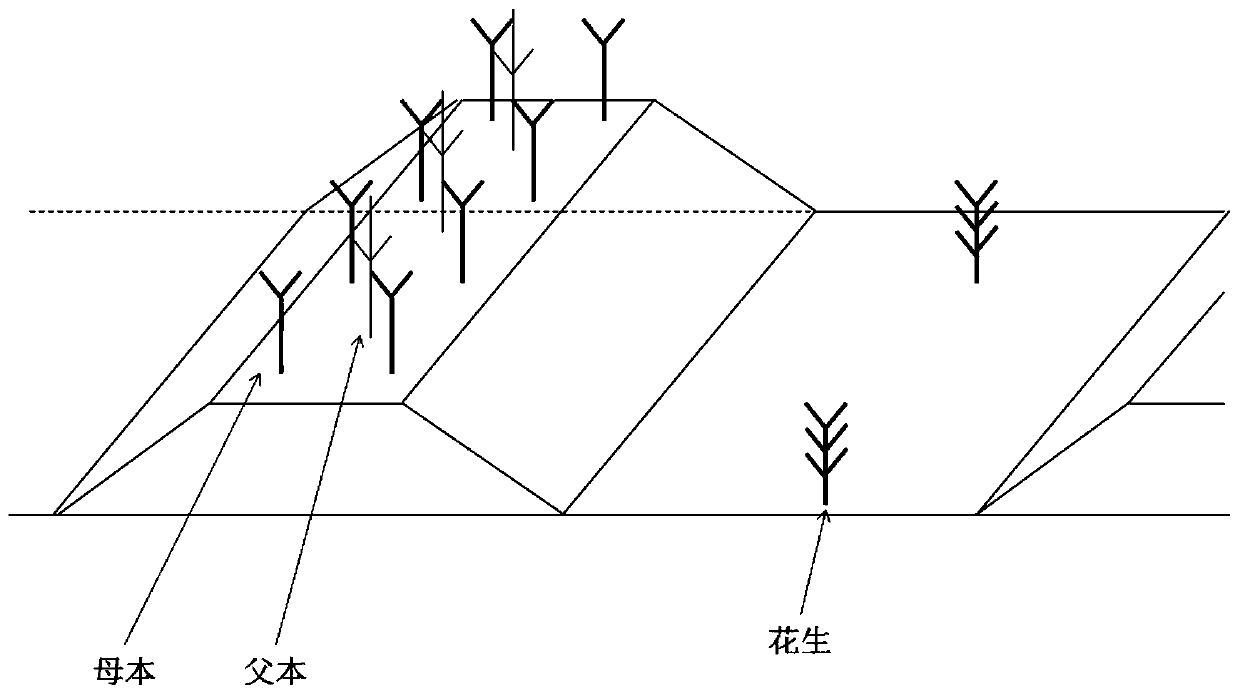Seed production and seedling raising method for a new variety of Salvia miltiorrhiza
A new variety, the technology of Salvia miltiorrhiza, applied in the field of seed production and seedling raising of new varieties of salvia miltiorrhiza, can solve the problems of time-consuming and labor-intensive collection of salvia miltiorrhiza seeds, intolerant of salvia miltiorrhiza seed storage, affecting the artificial cultivation of salvia miltiorrhiza, and the like, so as to reduce the germination rate and save labor consumption. , to ensure the effect of seedling emergence rate and survival rate
- Summary
- Abstract
- Description
- Claims
- Application Information
AI Technical Summary
Problems solved by technology
Method used
Image
Examples
Embodiment 1
[0047] Embodiment 1: the purification of salvia miltiorrhiza
[0048] After the germplasm resources of Salvia miltiorrhiza are planted and evaluated, they are isolated and bagged in mesh bags to achieve self-pollination and firmness of a single plant; after the seeds of a single plant are harvested, they are individually dried, threshed, preserved, and seedling-raised. The strains after 3-4 times of selfing of individual plants are screened for quality, yield and ecological characteristics, and different individual plant populations are selected as the parent materials of the hybrid combination.
[0049] Among them, the code number of the female parent is 2010081-4 (fertile), which was collected, planted and identified by Mengyin Salvia miltiorrhiza in 2006. After four times of selfing and purification, the population performance is consistent. Its characteristics are: compact plant type, plant height of 40-55 cm in full flowering stage, 3-5 branches, oval, green leaves, 3 or 5 ...
Embodiment 2
[0053] Embodiment 2: hybrid ZJ20132006 breeding and seedling breeding.
[0054] The female parent code of the hybrid is 2010081-4 (fertile), and the male parent code is 2010166-1.
[0055] 1 Breeding of hybrid ZJ20132006
[0056] The female parent 2010081-4 (fertile) and the male parent 2010166-1 were planted in equal rows at a ratio of 1:1.
[0057] 1.1 Selection of breeding fields
[0058] Choose loamy plots with deep, loose, fertile, and well-drained soil in the area where there is no salvia plantation or wild salvia miltiorrhiza distributed within 5 kilometers around, and clay should be avoided.
[0059] 1.2 Fertilization for soil preparation
[0060] At the end of October, 2500 kg of farmyard manure and 15 kg of diammonium phosphate were applied per mu combined with land preparation. Implement unified mechanical tillage, deep loosen more than 30 cm, loosen the soil on the top and harden the soil; level off and rake finely. Drainage ditches with a width of 1.5 meters ...
Embodiment 3
[0093] Embodiment 3: hybrid ZJ20132011 breeding and seed production
[0094] The female parent code of the hybrid is 2010125-1 (male sterile), and the male parent code is 2010198-1.
[0095] 1 Hybrid breeding
[0096] 1.1 Breeding field selection
[0097] Choose loamy plots with deep, loose, fertile, and well-drained soil in the area where there is no salvia plantation or wild salvia miltiorrhiza distributed within 5 kilometers around, and clay should be avoided.
[0098] 1.2 Fertilization for soil preparation
[0099] At the end of October, 2500 kg of farmyard manure and 15 kg of diammonium phosphate or special fertilizer for Chinese herbal medicines were applied per mu. Implement unified mechanical tillage, deep loosen more than 30 cm, loosen the soil on the top and harden the soil; level off and rake finely. Drainage ditches with a width of 1.5 meters and a depth of 1 meter are built around Daejeon to connect the drainage facilities outside the base.
[0100] 1.3 Plant...
PUM
 Login to View More
Login to View More Abstract
Description
Claims
Application Information
 Login to View More
Login to View More - R&D
- Intellectual Property
- Life Sciences
- Materials
- Tech Scout
- Unparalleled Data Quality
- Higher Quality Content
- 60% Fewer Hallucinations
Browse by: Latest US Patents, China's latest patents, Technical Efficacy Thesaurus, Application Domain, Technology Topic, Popular Technical Reports.
© 2025 PatSnap. All rights reserved.Legal|Privacy policy|Modern Slavery Act Transparency Statement|Sitemap|About US| Contact US: help@patsnap.com


